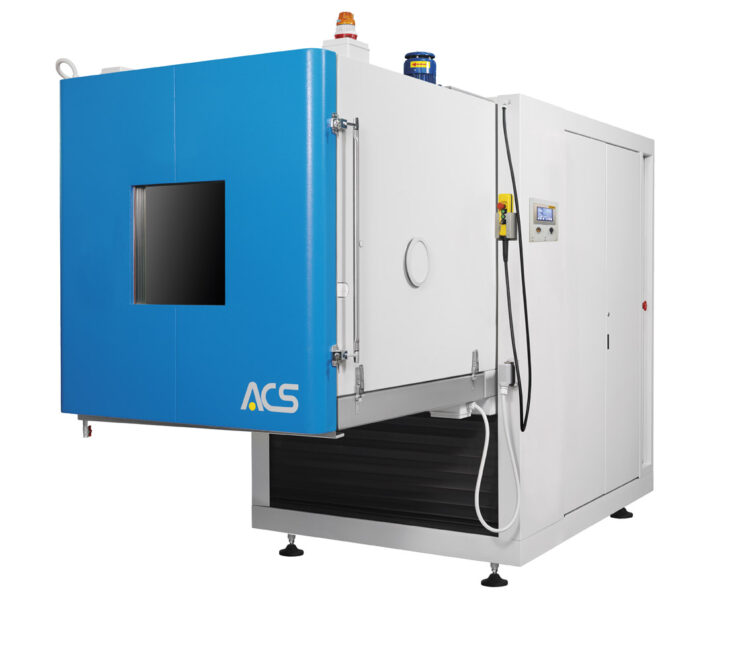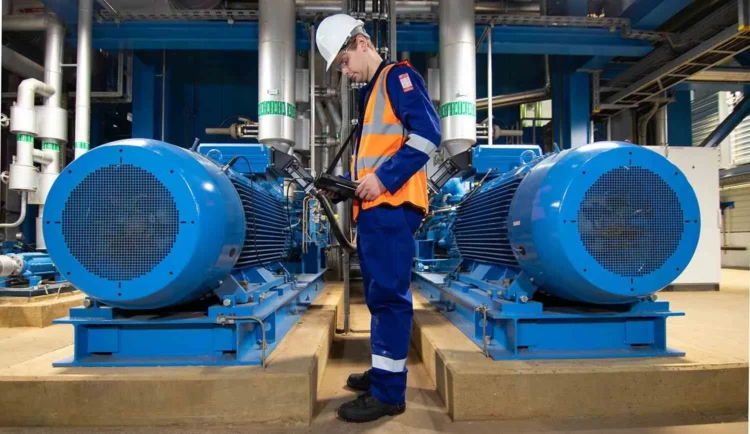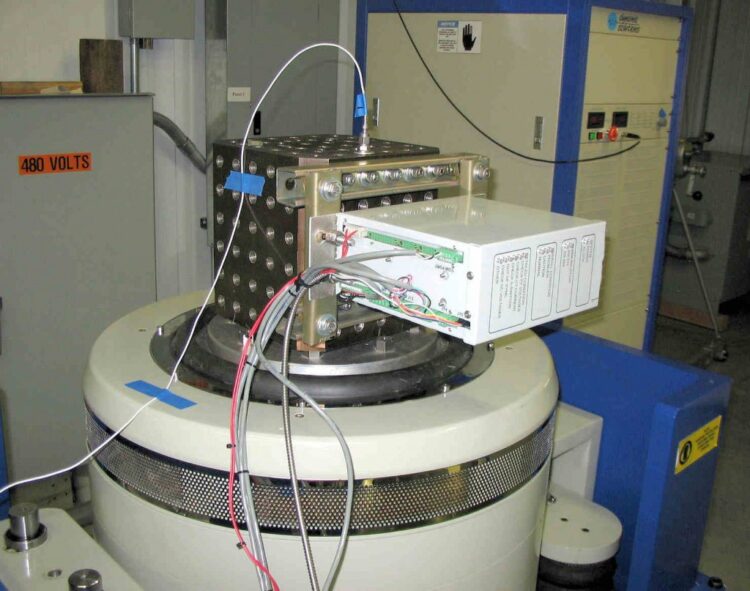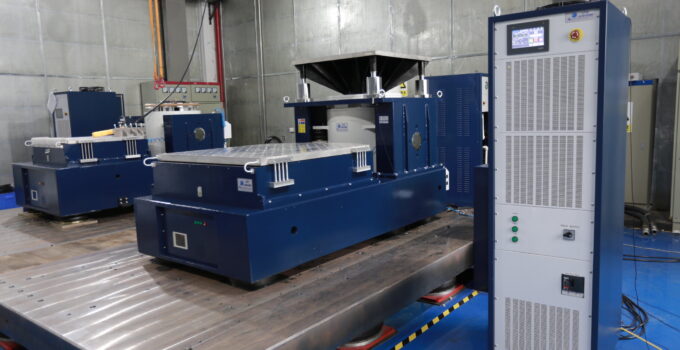As global industries evolve and become more competitive, the importance of quality assurance in manufacturing cannot be overstated. One integral tool for this process is the vibration test chamber. These chambers play a vital role in the development, refinement, and validation of products, ensuring their durability, safety, and overall performance. Without them, it is impossible to do the job at hand.
Page Contents
Vibration Test Chambers: What Are They?

Source: thp-systems.com
Vibration test chambers are specially designed enclosures where products are subjected to varying degrees of vibration and shock to mimic real-world conditions. They offer controlled environments to identify potential weaknesses and failure points in the design or materials of a product.
This could range from small, handheld devices to large pieces of machinery and everything in between. Manufacturers use these chambers as a part of their rigorous testing procedures to ensure that their products can withstand the vibrations they might experience during use, transportation, or even natural disasters.
The Importance of Vibration Testing in Manufacturing

Source: maintec.co.uk
The principal role of vibration testing is to guarantee the reliability and durability of products. By simulating various real-world vibrations, these tests reveal how a product would respond in different circumstances, which in turn helps in minimizing product returns and warranty claims.
The data generated from these tests is crucial in identifying design flaws early in the product development process. This allows engineers to make necessary modifications before mass production, saving considerable time and resources. Vibration test chambers thus enable manufacturers to mitigate potential product failures, enhancing their brand reputation, customer trust, and overall market competitiveness.
Standards and Regulations
One of the core benefits of vibration test chambers is their ability to test products in compliance with international standards and industry-specific regulations. These standards may be set by organizations like the International Organization for Standardization (ISO) or the American Society for Testing and Materials (ASTM).
Adhering to these standards is essential for products to be legally marketed and sold, and to ensure the safety and satisfaction of the end-users. The rigorous testing within the vibration chambers provides assurance that these standards are met or exceeded.
Incorporating Vibration Testing into a Comprehensive QA Process

Source: desolutions.com
While vibration testing plays a critical role, it’s just one part of a comprehensive quality assurance process. Manufacturers must also consider other types of stress testing, such as thermal testing, humidity testing, and drop testing, depending on the product’s expected usage conditions. Additionally, process controls and quality checks at various stages of manufacturing are crucial in ensuring a reliable and high-quality product.
Final Summation
In a rapidly evolving global market, quality assurance has become a key differentiator in the competitive manufacturing landscape. Vibration test chambers, with their ability to replicate real-world conditions and identify potential product vulnerabilities, are integral to this process.
By incorporating rigorous vibration testing, manufacturers can ensure their products are robust, reliable, and meet all required industry standards. Ultimately, these chambers help build stronger, safer products, contributing to improved customer satisfaction and a more successful, trusted brand.





